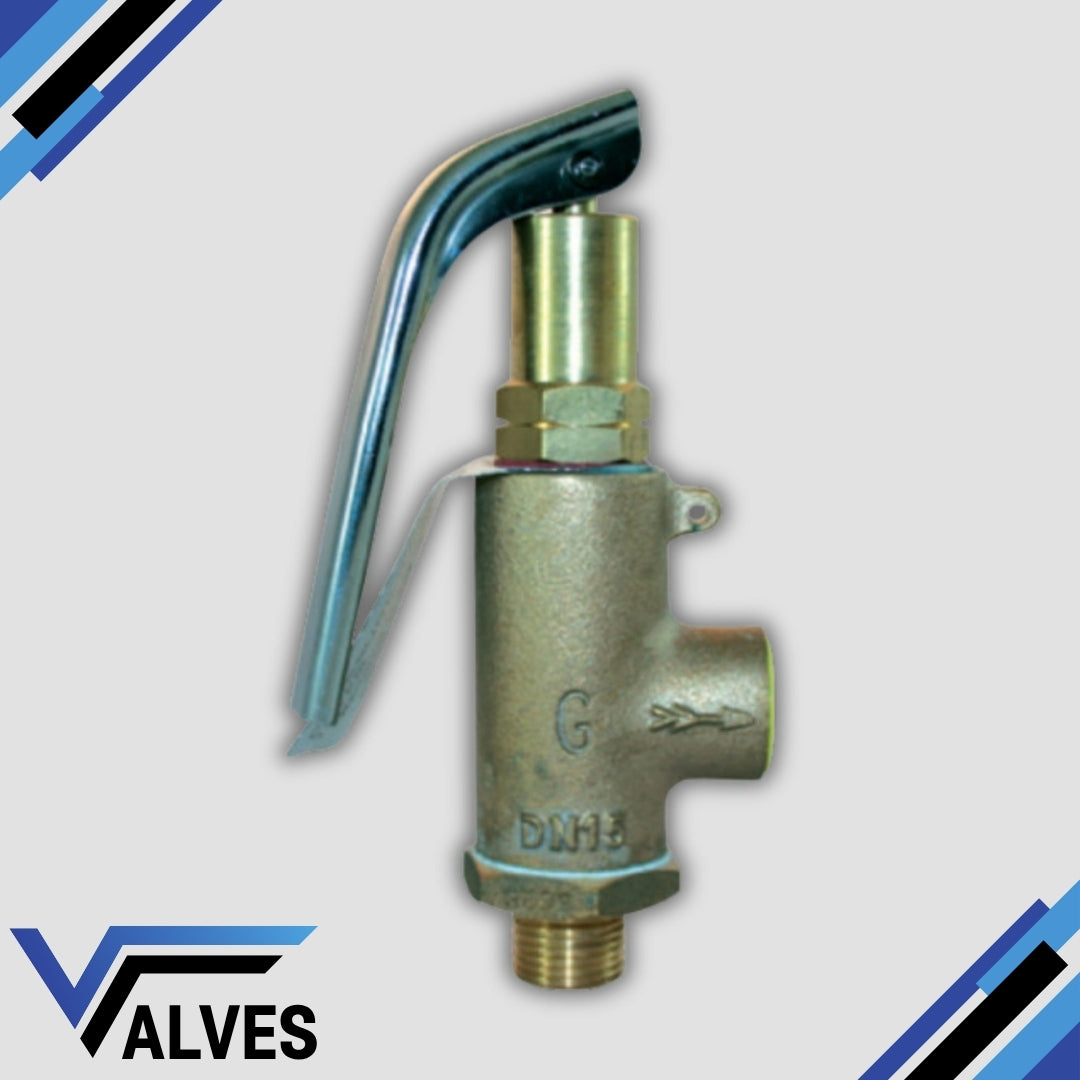Valves UK
Bronze High Lift Relief Valve
Bronze High Lift Relief Valve
Couldn't load pickup availability
The Bronze High Lift Relief Valve is designed for rapid and reliable overpressure discharge in demanding system environments. Its high-lift mechanism allows for a greater flow rate upon activation, making it ideal for applications where quick pressure release is essential.
Constructed from corrosion-resistant bronze, this valve delivers long-lasting performance in steam, gas, air, and liquid systems. Its robust build and precise spring-loaded action make it a trusted choice for industrial, marine, and process installations requiring fast, efficient safety response.
Key Features:
- High-lift design for fast, efficient pressure relief
- Durable bronze construction for corrosion resistance
- Spring-loaded mechanism for reliable activation
- Suitable for steam, air, gas, and fluid service
- Ideal for safety-critical and high-flow systems
Share

FAQ's
What is the difference between a valve and an actuator?
What types of actuators are available?
The main types of actuators are:
Pneumatic actuators – use compressed air for fast, reliable operation.
Electric actuators – use electrical power for precise control.
Hydraulic actuators – use fluid pressure for high-torque applications.
Each type offers unique advantages depending on the environment, media, and system control needs.
How do I choose the right actuator for my valve?
To select the correct actuator, consider:
Valve type and torque requirement
Power source available (air, electric, or hydraulic)
Operating environment (temperature, humidity, hazardous area)
Control signal type (on/off or modulating)
Matching actuator torque and compatibility with the valve’s ISO mounting ensures reliable performance.
What are the main types of valves used in automation?
The most common valves in automated systems include:
Ball valves – for tight shutoff and quick operation.
Butterfly valves – for larger flow control with compact design.
Globe valves – for precise throttling and flow regulation.
Check valves – to prevent backflow.
Gate valves – for full bore flow isolation.
What’s the difference between a double-acting and spring-return actuator?
Double-acting actuators use air (or power) to both open and close the valve.
Spring-return actuators use air to open (or close) the valve, and a built-in spring to automatically return it to a safe position when power or air is lost — ideal for fail-safe operation.
How often should valves and actuators be serviced?
Regular maintenance intervals depend on operating conditions, but a good rule of thumb is to inspect every 6–12 months.
This includes checking for leaks, lubrication, seal wear, and actuator responsiveness to prevent unexpected downtime.

